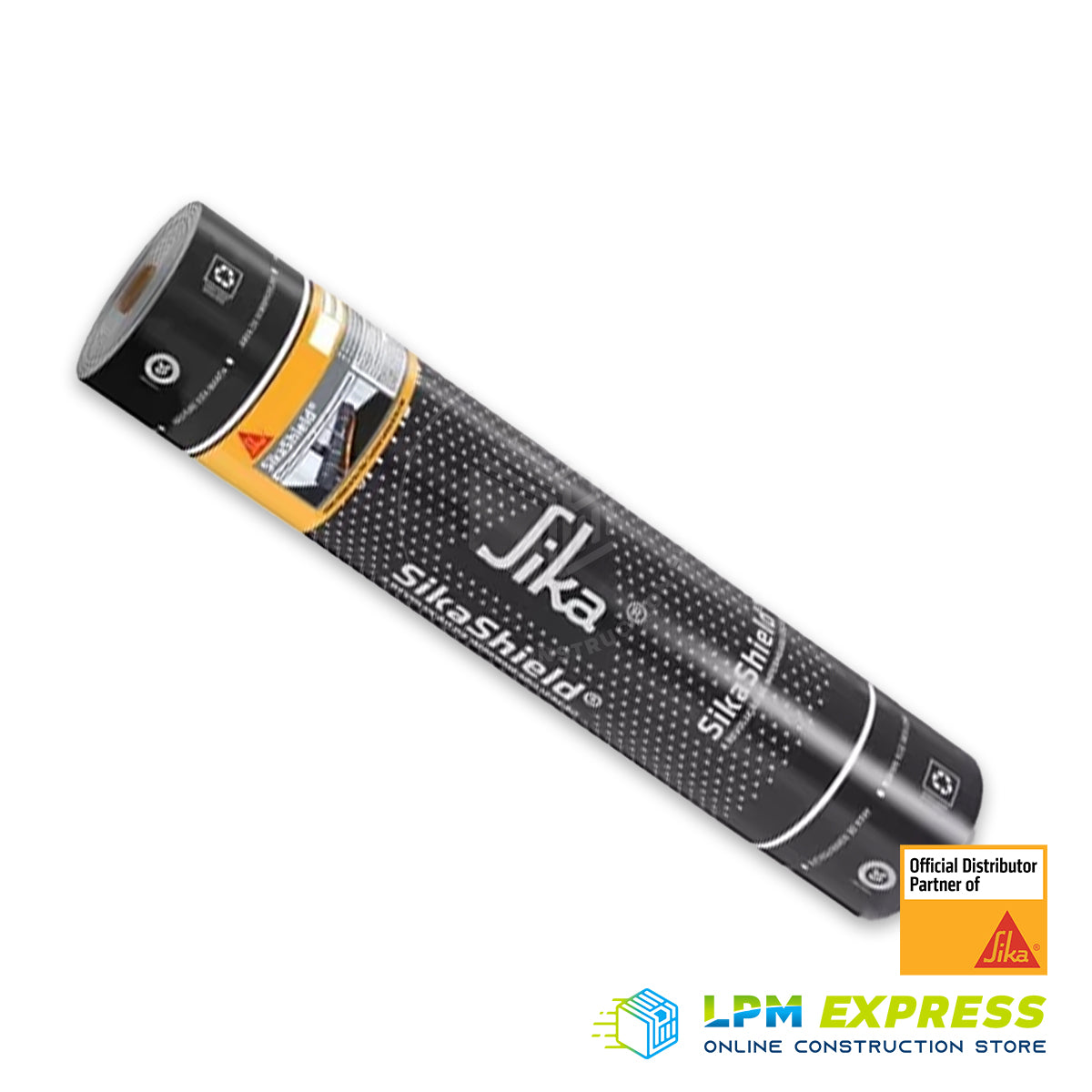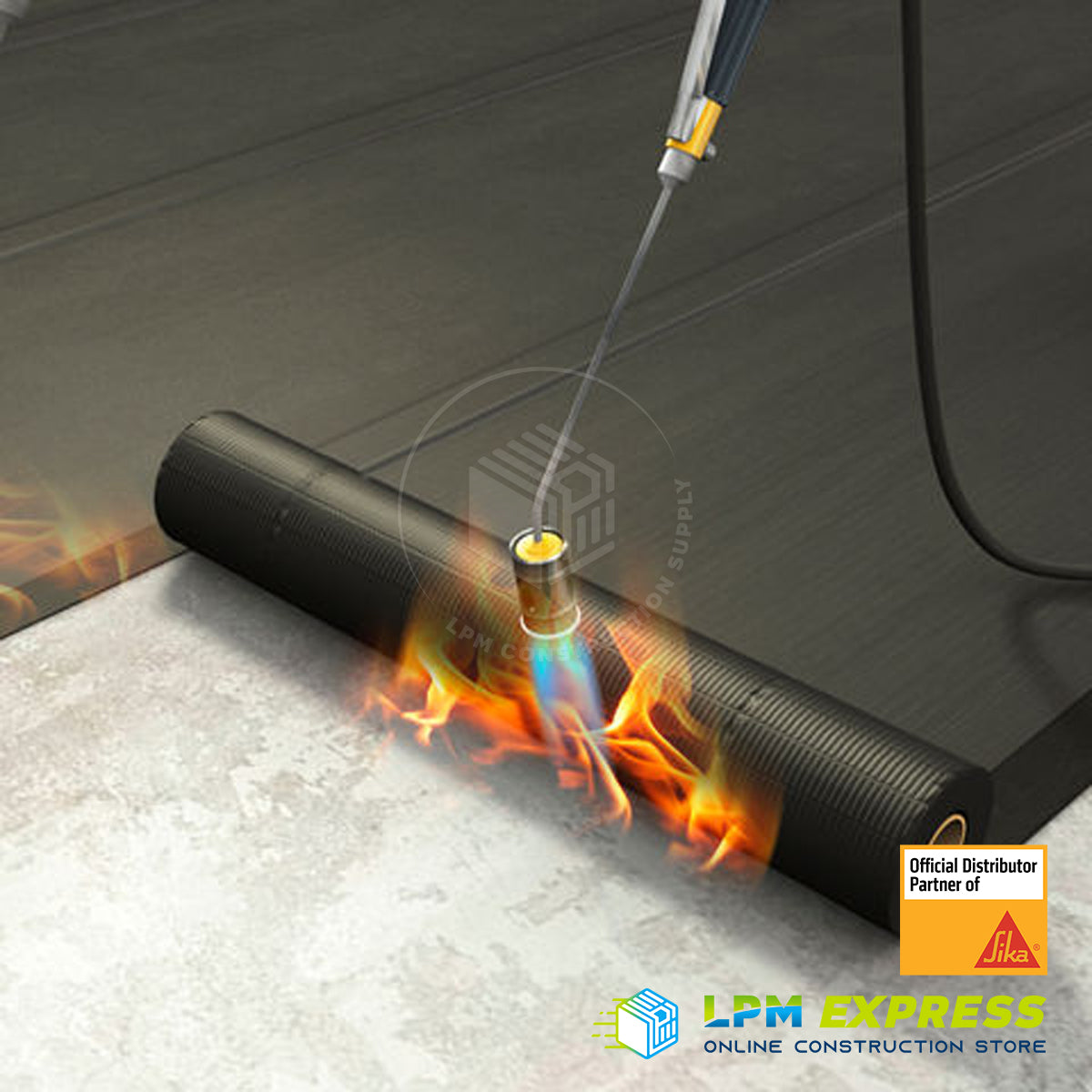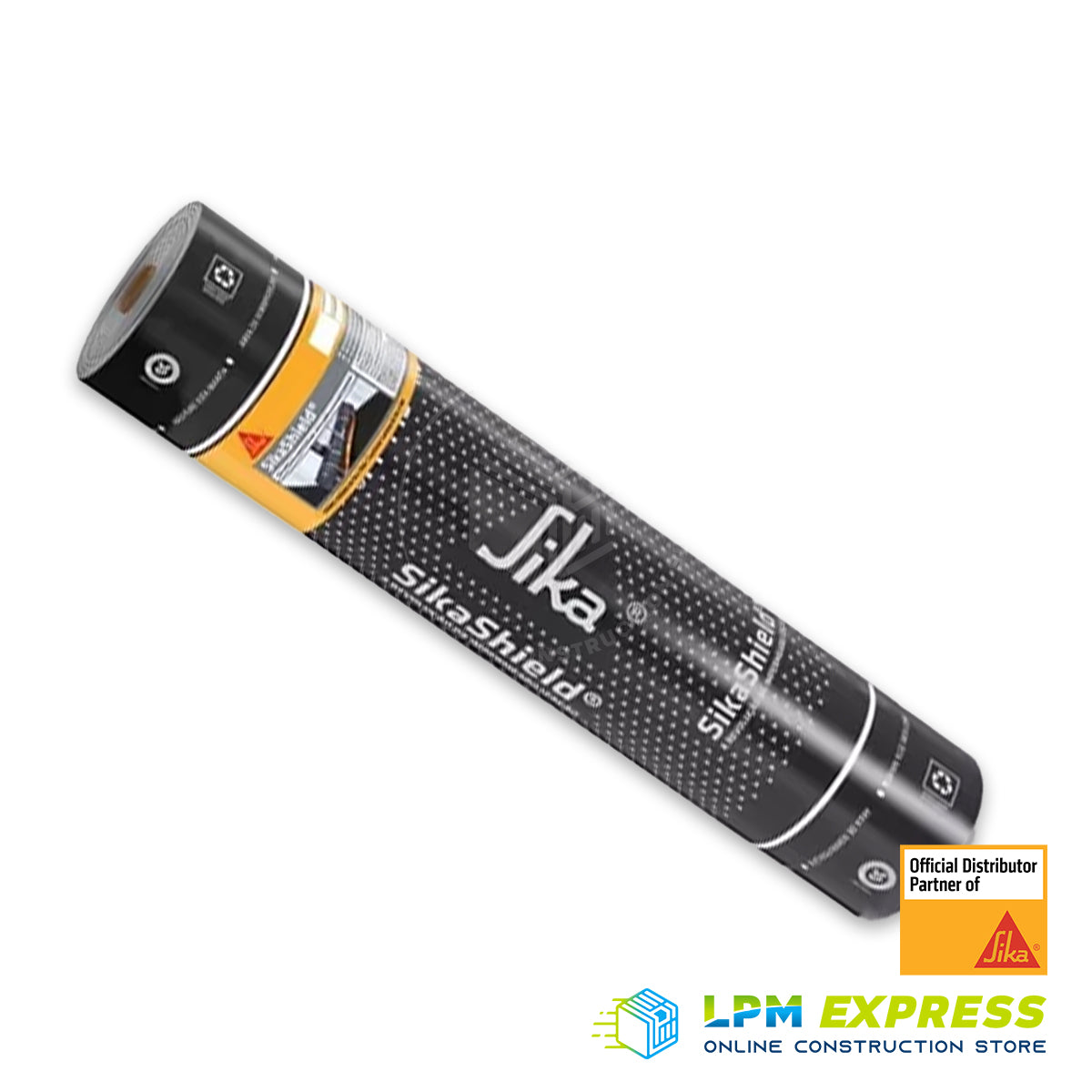IMPORTANT: Unrolling at low temperatures
At low temperatures, the membrane becomes less flexible.
Be careful when unrolling to avoid damaging the membrane.
IMPORTANT: Damage through footwear
Footwear with spikes or sharp protrusions may puncture the membrane.
Use footwear with a flat profile when walking over the membrane.
IMPORTANT: Damage through overheating
The polyester reinforcement melts at +260 °C. If it is damaged through overheating, the membrane becomes unusable.
Keep moving the flame while torching to avoid overheating the membrane.
IMPORTANT: Reduced adhesion through insufficient heating
Make sure to heat the membrane sufficiently. If it is not sufficiently heated, the adhesion to the substrate, between layers or on the overlaps will be reduced.
If the membrane does not adhere to other elements, lift and retorch the unbonded areas.
Seasonal symbol
Note: If a seasonal symbol is printed on the roll’s label, it is advisable to use the membrane during the indicated
season.
Tackiness at high temperatures
Note: When laying the membrane at high temperatures, the integral adhesive will become 'tacky' and may restrict laying operations.
ALIGNMENT
IMPORTANT: Avoid coinciding joints
To avoid coinciding joints, lay the membranes parallel to one another. When applying on another bituminous membrane, make sure to straddle the overlaps of the previous layer.
1. Unroll the membrane.
2. Align the membrane.
3. Re-roll the membrane before application.
MEMBRANE OVERLAPS
Overlap the membranes by a minimum of 100 mm
on the sides and 150 mm on each end.
1. At the end overlap, cut off a corner measuring 100mm per side at an angle of 45°.
2. Weld the overlaps with great care until you see a trickle of melted mixture about 10 mm wide coming out along the line of the overlap.
TORCHING
Heat the substrate and the backing film on the underside of the membrane with a gas burner.
1. When the backing film starts to melt, the membrane is ready to stick.
2. Roll the heated membrane forward and press it
firmly against the substrate to bond it.
3. Make sure a bead of melted bitumen is visible along
the full length of the overlap sides and ends when
laying.
4. Suitable substrates for torching
▪ Concrete
▪ Perlite screed
▪ Bituminous membranes with a smooth surface
▪ Coatings (check the compatibility)
▪ Brick masonry
▪ Cementitious screeds
DETAILING
Use a sharp knife to cut in all details such as internal and external corners, upstands, vent pipes, drains, support metalwork etc.
Refer to the relevant method statement for further information on detailing.










